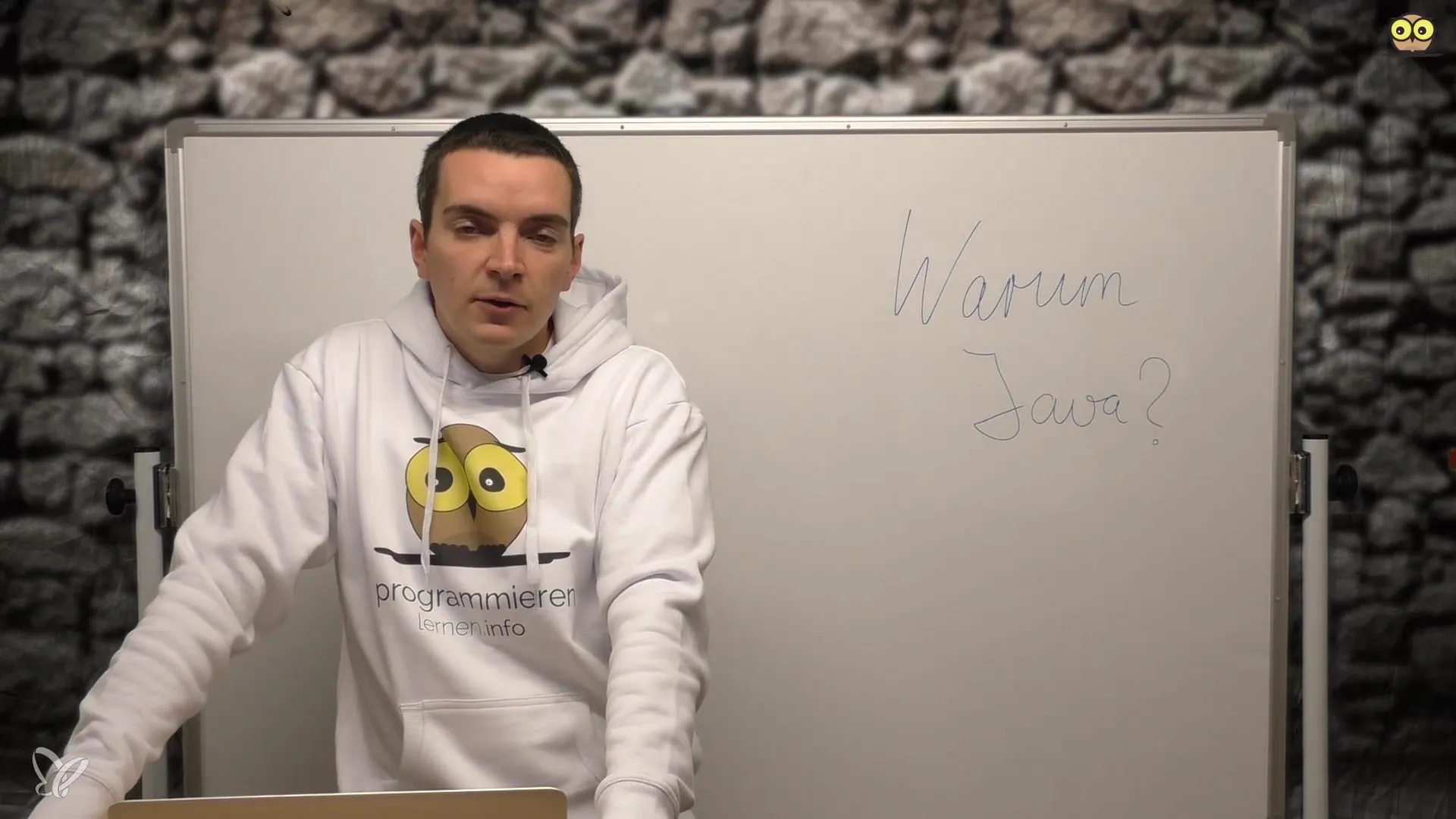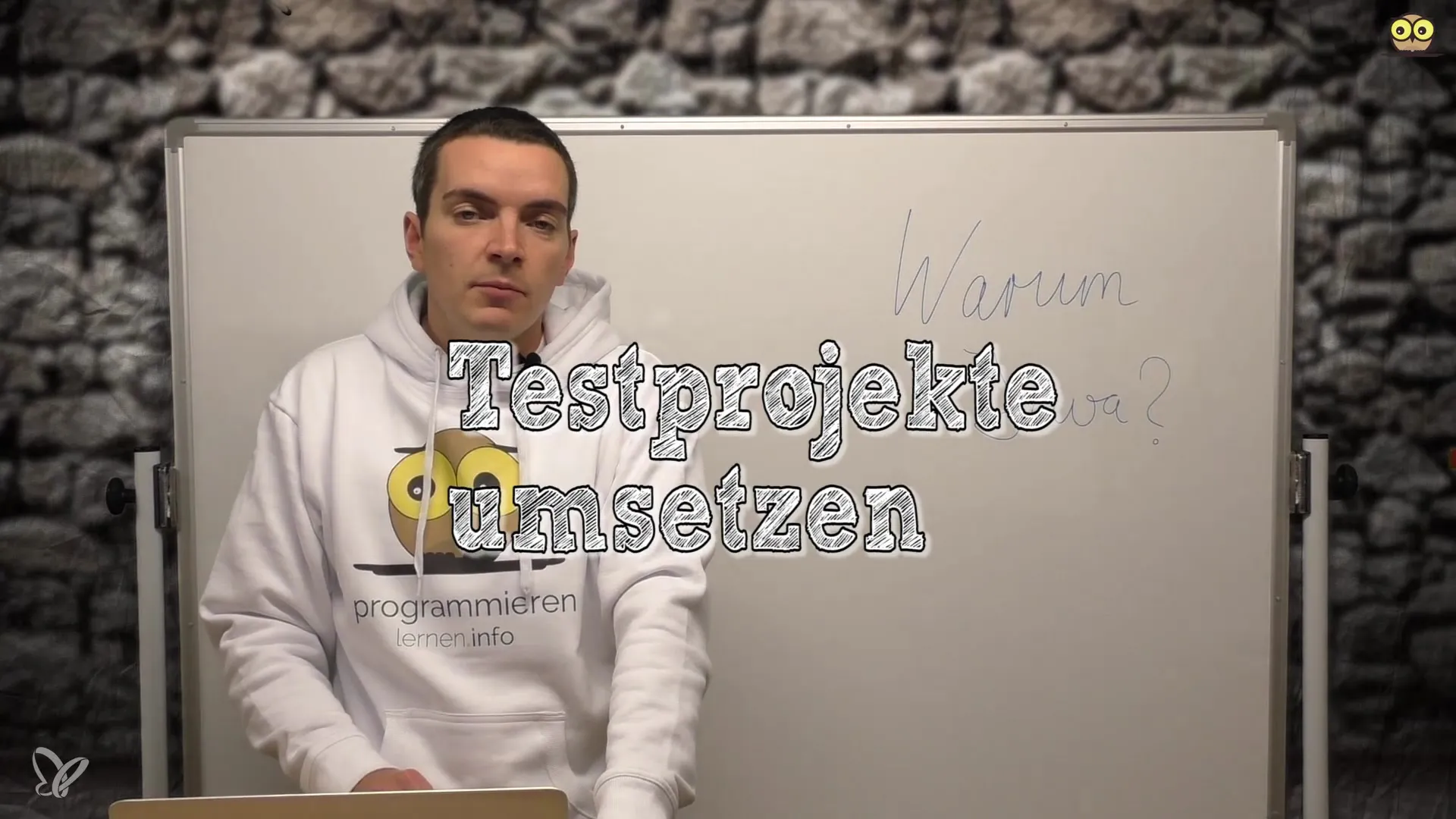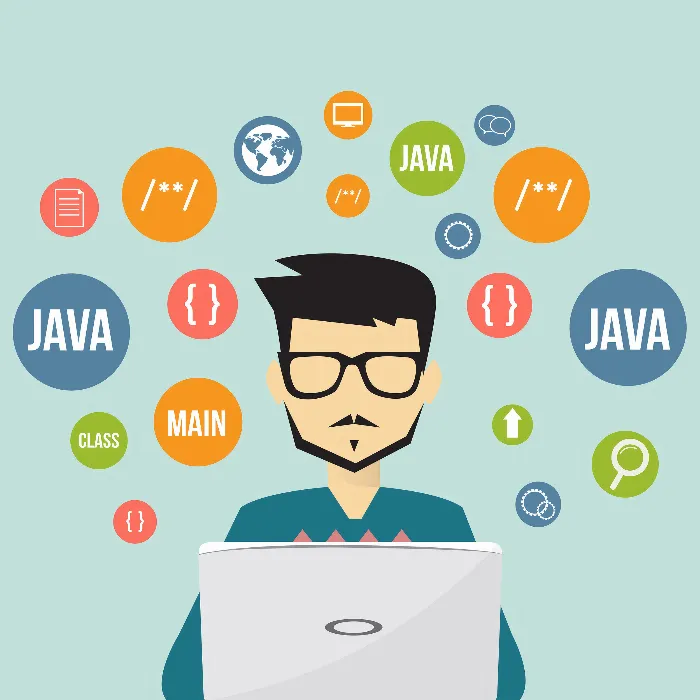You are new to the world of programming and wondering how best to learn? The journey into programming can seem overwhelming at first, as there are many technologies and possibilities. However, with the right approach and a few targeted steps, learning can be both effective and exciting. This guide provides you with a structured overview of how to master the basics of programming while gaining practical experience and internalizing important concepts.
Key Insights
- First, build a solid foundation and focus on the basics.
- Practice by actively programming and modifying examples to gain a deeper understanding.
- Work on your own test projects to apply and solidify your knowledge.
- Errors are your best teacher; don't get discouraged, but learn from them.
- You can further develop your skills by participating in open-source projects and working through specific tutorials.
Step-by-Step Guide
Step 1: Understand the Basics of Programming
Before diving into the deeper details of programming, it's important to understand the basics. This includes concepts such as variables, data types, and the structure of programs. Focus on how data is input and output, and what the fundamental elements are. To get an overview, you can watch the video and take notes on the key points to facilitate learning.
Step 2: Transcribe the Source Code
Once you understand the basics, it's time to apply what you've learned practically. Write down the source code presented in the tutorials step by step. This active method helps you develop a feel for the syntax and structure. Pay attention to where errors occur during the compilation process and look for their causes. This will give you a better understanding of the programming environment.

Step 3: Modify the Examples
A purely passive learning approach, where you only transcribe content, is not enough. You should try to change the examples and introduce your own ideas. For instance, if you are programming a calculator, experiment by adding additional functions like subtraction or multiplication. Such modifications will help you tap into your creativity and better internalize the fundamental concepts.

Step 4: Create Your Own Test Projects
Take the time to start your own small test projects. Begin with a blank file and try to replicate the functions of a program you've seen in the course without looking at the existing code. This way, you can put the knowledge you've acquired into practice. The challenge of developing a project from scratch will help you better understand the code and its logic.

Step 5: Learn from Mistakes
Errors are inevitable in programming. Look for mistakes in your code when something doesn’t work. Working through faults helps you better understand the logic behind the code. You will often be surprised by what you can learn when you look for an error and resolve it. Every time you find and fix a mistake, you reinforce your knowledge and improve your skills.
Step 6: Utilize Accurate Research
When you encounter a problem, use online resources to gain the correct understanding of the syntax or the functionality of specific elements. Online documentation and tutorials are valuable tools to deepen your knowledge or learn something new. This research is important to progressively expand your knowledge.

Step 7: Experiment with Creative Projects
Once you have mastered the basics, I encourage you to get creative. You can write applications that solve specific problems or deal with various data processing tasks, such as conversions between units of measurement or currencies. As you gain more experience, you will find it enjoyable to develop new projects that challenge your newly acquired skills.
Step 8: Participate in Open Source Projects
Once you feel more confident, you might consider participating in open-source projects. This experience allows you to study the code of others, see different programming approaches, and develop your own style. You will also receive valuable feedback from other developers that will help you further improve your skills.
Summary – Tips for Learning to Program: Your Step-by-Step Guide
Learning programming is a continuous process. You will find that mistakes are part of the learning experience and that practical experiences deepen your understanding. Start with the basics, actively work on your own projects, and do not hesitate to question your code. Use online resources and learn from your environment to become a proficient programmer.
Frequently Asked Questions
How do I best start learning?Start with the basics of programming and actively work on examples.
What are the most important resources for learning?Use tutorials, online documentation, and independently code small projects.
How do I deal with mistakes?View mistakes as learning opportunities and analyze what you can improve.
Should I focus on books?Books and specific tutorials are helpful for advanced topics, but start with practical projects.
How long does it take to learn programming?The learning time varies, but with continuous practice, you will see progress quickly.


